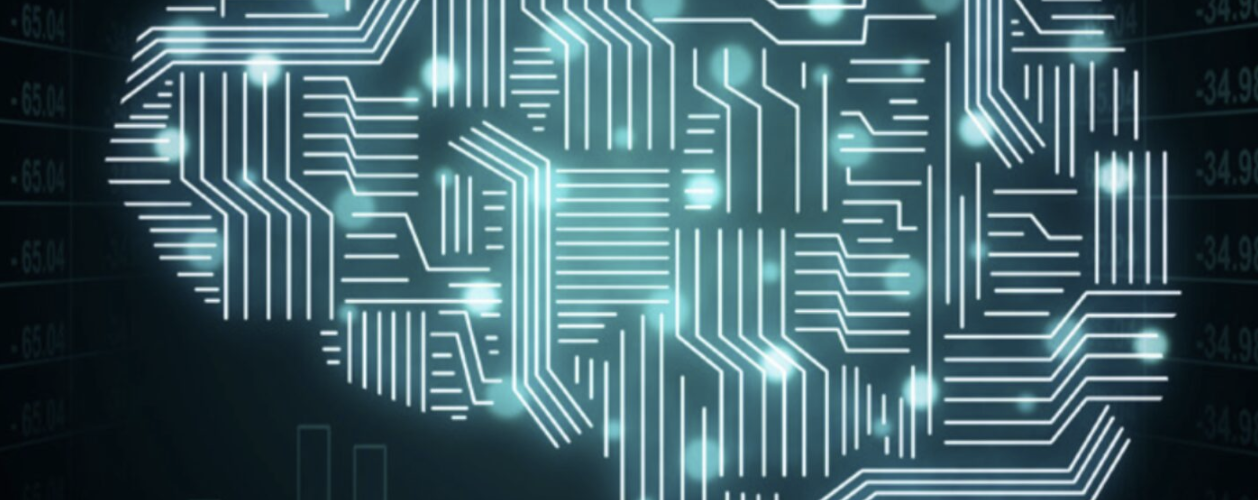Michael Portnov, principal with Fish & Richardson, talks about the future of AI and how his degrees in mathematics and physics help to inform his practice in the high-tech patent world.
CCBJ: How did you get involved in artificial intelligence (AI) patent work?
Michael Portnov: I’ve been working with AI and machine learning technologies for about eight years now. When I started, “deep learning” was just emerging as a viable technology, and it landed on my plate because of my academic background. Basically, I was able to wrap my head around the math behind it. As deep learning became more and more ubiquitous in the space, with the proliferation of graphics processing units (GPUs) and other hardware that can accelerate the training of these deep neural networks, AI patent work became a larger and larger part of my practice. Now my practice is almost 100 percent devoted to the software and hardware aspects of AI.
What changes have you noticed in the industry over the years?
In the early days, the curve of development was astounding. Each new invention seemed like it was leaps and bounds ahead of what was previously state of the art. While development is still significant, the improvements are smaller and more incremental now. Many inventions that I look at are not necessarily coming up with entirely new paradigms to solve problems so much as they are refining or expanding existing ideas.
What industry challenges do you see consistently?
One of the major challenges for AI companies is finding commercial and industrial applications for the technologies being developed. Researchers generally don’t think about commercial applications for the AI they are developing, so patent attorneys are in the unique position of being able to help clients envision what kinds of products or services these technologies could be used for in the future. Most new AI technologies are not core aspects of current products, but they will be in five to 10 years, so companies need to be able to think long-term.
What issues do you face when prosecuting patent applications for AI-based inventions?
Like most software inventions, AI-based inventions face patent eligibility issues. A large part of my work is figuring out which kinds of AI innovations are patent eligible and then framing them in such a way as to be treated favorably by patent offices around the world. Examination in this area can also be unpredictable; patent examiners come from different backgrounds and often have vastly different views when it comes to questions of patent eligibility for emerging technologies. As the industry becomes a more mature space, the body of prior art is expanding rapidly, which has pros and cons. When drafting an application, it’s easier to see what the starting point is now, so I have a better idea of the scope of protection I’m probably going to be able to get. But, of course, more prior art means that it is more likely that my invention will face difficulties in front of the patent office.
Where do you see this industry going in the next five to 10 years?
As computing power becomes more readily available and techniques to make AI more suitable for commercial uses develop, AI will become more pervasive across almost every industry. Many of the products on the market now are several years behind the research, so we’re going to see much more advanced forms of AI being implemented across a wider range of industries in the future. I think there will also be a democratization of sorts for working with AI; products are currently being developed that will help people who don’t have backgrounds in AI be able to train and deploy their own models, which likely will have an amplifying effect on the technology.
What’s something that people probably wouldn’t expect about you?
I funded my undergraduate and law school degrees by playing poker.


Leave a Comment